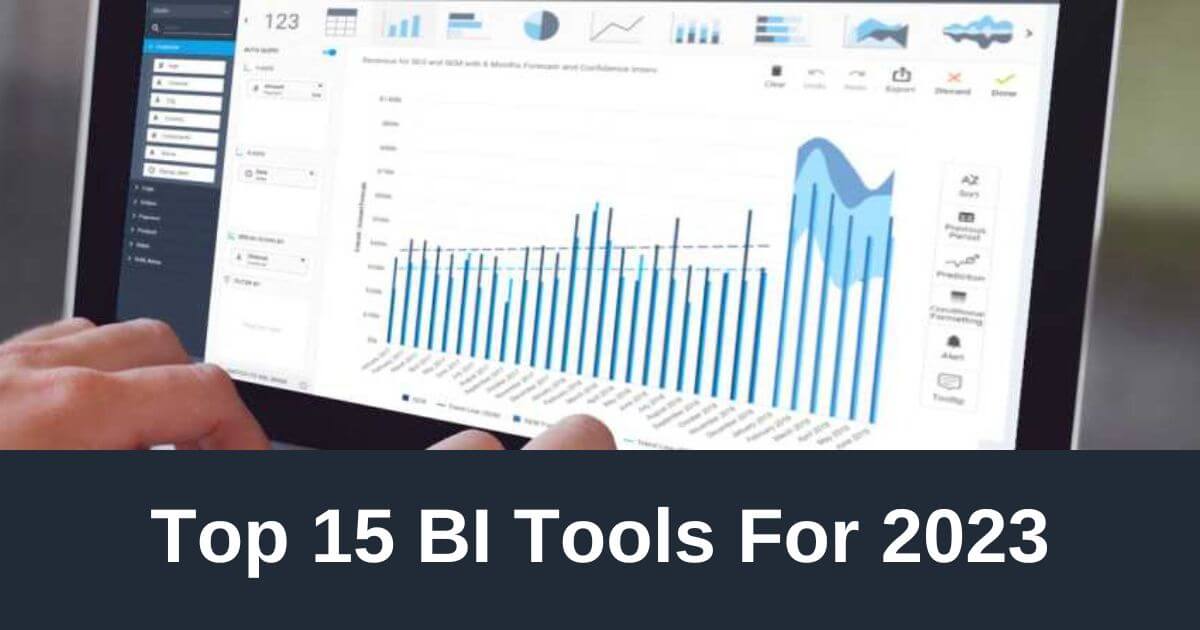
Steps 1, 2, and 3 are combined into ETL (extract, transform, load) operations. Visualization – Exploring data and presenting results with visuals (via a user interface).

If necessary, creating data marts – subsets of a data warehouse to store information from each of the company units, HR or sales department, for instance. Load data – Moving standardized data to a final storage destination – database, data lake, or data warehouse. Formatting data according to specified requirements and standards to make it suitable for analysis. Transform data – Placing data in temporary storage known as a staging area. Data sources may be internal (databases, CRM, ERP, CMS, tools like Google Analytics or Excel) or external (order confirmation from suppliers, reviews from social media sites, public dataset repositories, etc.). Extract data – Connecting to the original data sources and retrieving it from them. This process can be seen as a chain of consecutive phases: This means that BI encompasses activities, tools, and an infrastructure that supports data transformation from its raw form into readable graphs. And then use this knowledge to support decision-making. What is business intelligence and what tools are required to support it?īusiness intelligence is a process of accessing, collecting, transforming, and analyzing data to reveal knowledge about company performance. That’s what business intelligence (BI) is about. There must be a data management strategy, and there must be an IT infrastructure to implement this strategy. Too many dimensions, too much data to process. Then to move data to single storage, explore and visualize it, defining interconnections between events and data points. You must to extract it from various systems or sometimes collect missing data manually. That’s a lot of different data stored in different formats. Some variables to consider are customer buyer persona, website reviews, social media mentions, sales figures by day and hour in different store locations, a holiday or other events, expected pay dates in local companies, even heat map data for every store, and current planogram.
#BI TOOLS FOR BIG DATA HOW TO#
Your job is how to increase sales while achieving the desired profit benchmark. You’re tasked with understanding why sales of a new clothing line in a given region are dropping. Imagine you’re a business analyst in a fast fashion brand.




 0 kommentar(er)
0 kommentar(er)
